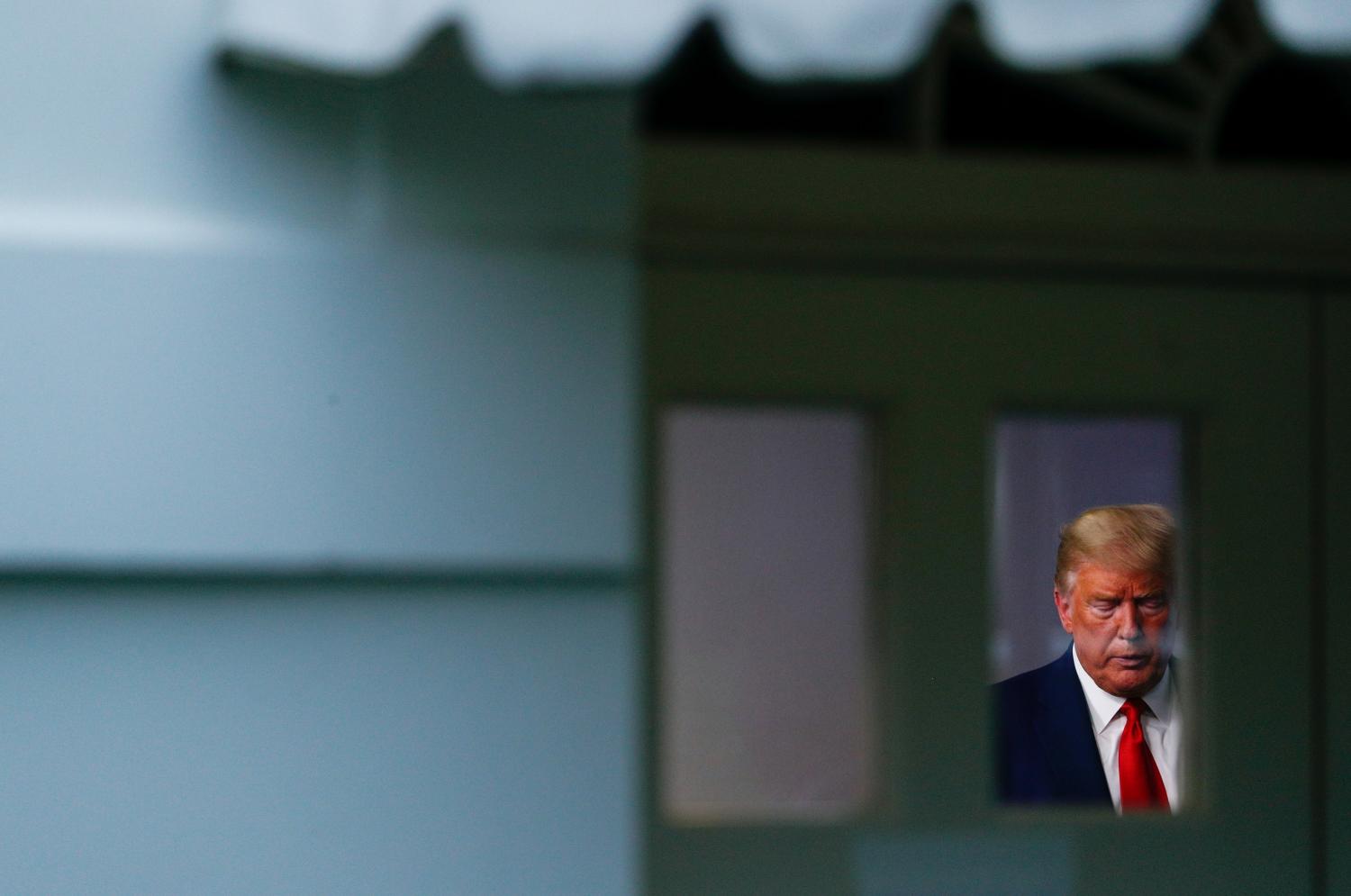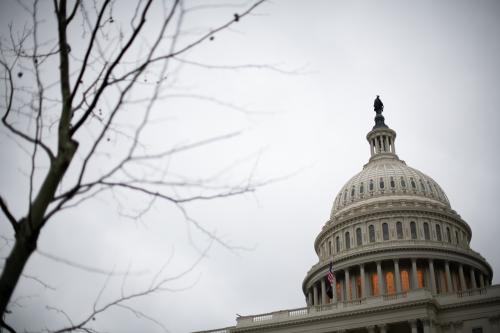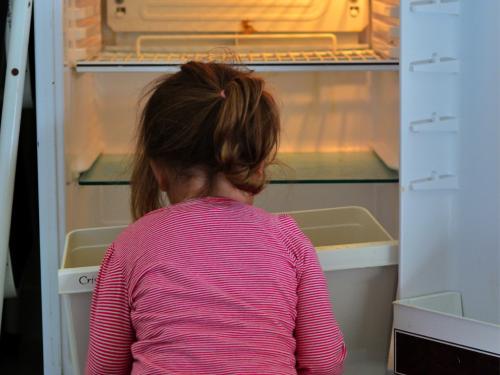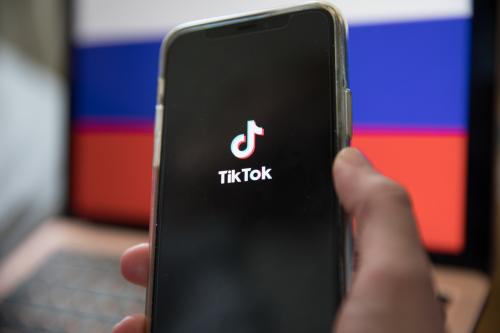This report is part of the Series on Regulatory Process and Perspective and was produced by the Brookings Center on Regulation and Markets.
Major changes to the nation’s school lunch program are afoot. Yes, you read that right. While millions of Americans are in lockdown and absorbed by COVID-19 and its fallout, the Trump administration has been working to change the way schools administer lunches to our kids—that is, whenever kids actually go to school. In fairness, the administration initiated the policy proposal back in January, but, as the pandemic rages on, the administration is pressing forward with these changes and a slew of other regulatory initiatives.
For example, the Environmental Protection Agency recently rolled back auto-emission standards that were issued during the Obama years and is currently working to change the standards for the science used in its decision-making. Meanwhile, the Centers for Disease Control and Prevention initiated a new regulatory project on pain management (including the use of opioids) and the Department of Education released a final regulation that affects how colleges and universities handle charges of sexual misconduct.
This regulatory push has not skated by unnoticed; the chairs of fourteen House committees, twenty-one state attorney generals, as well as some in the private sector, have implored the administration to freeze or slow its non-virus related regulatory activities until the pandemic eases up. In spite of this pressure, the administration appears committed to pushing forward. Some observers have linked this push to a broader GOP effort to use the pandemic as cover for advancing long-held priorities. Yet, this is not just bald opportunism; there are structural factors that compel the administration to keep the regulatory process moving along. Nonetheless, there are public policy consequences for proceeding apace with regulatory “business as usual” at a time when nothing else in American life is normal.
Why the Administration is Continuing its Deregulatory Push
Since assuming office in 2017, Trump has been steadily rolling back Obama-era regulations. This deregulatory push has been a major feature of this presidency; indeed, it is likely to be one of Trump’s most enduring legacies. In the current environment, deadlines tied to the upcoming election are a catalyst, propelling the administration onward in order to keep this legacy intact.
This deregulatory push is likely to be one of Trump’s most enduring legacies.
The Congressional Review Act (CRA), a law which has found renewed life during Trump’s tenure, features prominently in this calculus. The CRA threatens Trump’s regulatory agenda, in much the same way that it did Obama’s. Under the CRA, a newly seated congress has the power to overturn recently issued regulations. What this means in practice is that if the next congress is run by Democrats—which is an open question—it can vote to overturn Trump’s recent regulatory actions. Indeed, this is exactly what the Republican-controlled 115th Congress did in 2017, overturning 15 Obama-era regulations.
While the election might seem a long way off, the CRA’s bite comes much sooner. The law allows Congress to turn back regulations within 60 legislative days of their issuance, even when that period stretches into the next congress. Calculating legislative days precisely turns out to be fairly complicated, but last time around it meant that any regulation that the Obama team issued after mid-June 2016 was subject to potential overturn by the new congress. Trump’s deadline is likely very soon, although there is considerable uncertainty about exactly when.[1]
The CRA applies to final regulations—that is, regulations that have already gone through a proposal stage and undergone a public comment period. Many of the policies that the administration is currently advancing are at the earlier proposal stage and the rush is on to get them to the final stage by July. This means what we are observing right now in terms of a regulatory push are the downstream effects of the CRA.
Of course, the threat of the CRA is only meaningful if Trump loses his reelection bid—a reelected Trump could readily veto a CRA overturn and congressional opponents are unlikely to muster the 2/3 majority necessary for a veto override. But even if Trump is confident in his chances, the current regulatory push is still strategically wise from the administration’s perspective.
The administration’s deregulatory efforts have been vigorously contested in court by states and liberal-leaning interest groups. For example, women’s groups and civil rights advocates have already pledged to sue Education Secretary Betsy DeVos over the department’s new campus sexual assault rules. So far, efforts to challenge the Trump administration’s regulations in court have been effective. Moving forward, if Trump intends to solidify his deregulatory legacy, that will mean continuing to defend his record in court. Again, this incentivizes issuing regulations sooner rather than later, since Trump cannot reasonably count on future administrations to assiduously defend his agenda.
Why it Matters
Under the Administrative Procedure Act, agencies are required to give “interested persons” the opportunity to participate in notice-and-comment rulemaking. Perhaps unsurprisingly, the people that participate are typically not average citizens, but instead are experts associated with interest groups, industry, and academia. Participation by these stakeholders not only fulfills the legal obligations of the APA, it also serves an important public policy function: stakeholders tell agencies what about their proposals works—and, more importantly, what doesn’t. Right now, that policy check has succumbed to the virus, albeit in a figurative sense.
Take the school lunch proposal, which would roll back a number of changes to the lunch program that were championed by Michelle Obama. The current proposal would allow students to buy more à la carte lunch items (i.e., pizza and burgers), reduce the amount of fruit required in school breakfasts, and permit pasta to be counted as a vegetable. Presumably these are changes that school administrators, dieticians, and parent groups might care a great deal about. However, these entities do not have the time or the energy to engage in such conversations right now. School administrators around the country are scrambling to distribute school lunches to needy children who no longer attend school in person, while also moving learning online. For other professionals, business is now almost entirely conducted virtually, and, given the new work environment (e.g., widespread lack of childcare), non-essential meetings have been canceled en masse. What this means for the lunch proposal is that the groups that would normally provide the agency with substantive feedback may not be in a position to do so.[2] While the administration has offered additional time for public comment on this proposal, that time is unlikely to be sufficient as the current work situation extends into the foreseeable future.
This lack of feedback has real public policy implications. First, the policies that emerge from this period may be lower quality than they might otherwise be, both because their production is rushed and because they are being less thoroughly vetted. Second, the administration may be opening the door to even more lawsuits. Courts are responsible for ensuring that agencies give stakeholders adequate opportunity to comment and it is very likely that opposing groups will bring their complaints about timing (agency refusal to delay proceedings in light of the virus, extended comment periods are still not long enough, etc.) to the court’s attention. With or without the virus, we may be looking at a wave of CRA-induced regulatory rollbacks in the months ahead. But if courts are sympathetic to arguments about agencies pushing ahead despite the virus, the trend toward regulatory reversals may be exacerbated. Given the number of rollbacks we’ve seen from Obama to Trump, a new wave of Trump rollbacks—from both the courts and the CRA—may feel more like a tsunami.
The administration’s “keep calm and regulate on” approach does have one major upside; it offers the sense of normalcy that so many of us are craving. But this is cold comfort in light of the steep price tag for democracy.
The author did not receive financial support from any firm or person for this article or from any firm or person with a financial or political interest in this article. She is not currently an officer, director, or board member of any organization with a financial or political interest in this article.






